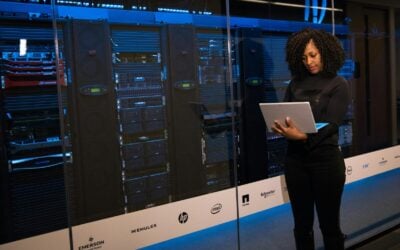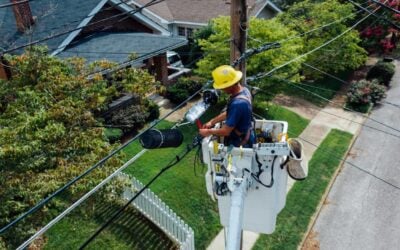
Microsoft, Sunrock, Zurich, and AlphaStruxure are among 20 participants joining Schneider Electric to deploy community-based energy systems across the US, supporting public and private sector organisations with “innovative solutions” and financing.
The ‘Accelerating Resilient Infrastructure Initiative’ aims to quickly scope, finance, and deploy resilient energy infrastructure like microgrids, taking advantage of federal incentives that are currently available.
Schneider highlights that now is a pivotal moment for US energy infrastructure when tax incentives are still available for clean energy projects, and communities can accelerate the deployment of energy infrastructure like microgrids.
Mircosoft will bring cloud, AI, and “data capabilities” to the initiative.
Try Premium for just $1
- Full premium access for the first month at only $1
- Converts to an annual rate after 30 days unless cancelled
- Cancel anytime during the trial period
Premium Benefits
- Expert industry analysis and interviews
- Digital access to PV Tech Power journal
- Exclusive event discounts
Or get the full Premium subscription right away
Or continue reading this article for free
Infrastructure providers AlphaStruxure, AZZO, Celsius Energy, CDM Smith EVerged, Mainspring Energy, Pisgah Energy, Sprocket Power, Sunrock Distributed Generation, Sustainability Partners, Unison Energy, Verdant Microgrid, and Viridi are involved.
Consulting firms Arcadis, Baringa, Viridi Edge, and Zurich Resilience Solutions will join in.
Electrical distributor Graybar and the nonprofit Resilient Cities Network will also participate.
Scheinder Electric, meanwhile, will connect customers with project developers and provide energy technologies.
Schneider referenced a report from its Sustainability Research Institute, saying that by 2028, the US power grid is “expected to reach a critical inflexion point, where peak electricity supply may no longer meet peak demand, threatening grid reliability.”
The initiative intends to reduce grid stress and lower energy expenses by expanding distributed energy resources (DERs), such as solar PV, battery energy storage systems, geothermal heat pumps, and electric vehicle (EV) charging stations.
By implementing these technologies, the initiative assists communities in decreasing dependence on the centralised grid, alleviating the effects of increasing utility rates, boosting energy resilience, and contributing to long-term sustainability objectives.
Microgrids are continuing to gain popularity, particularly because the stress being put on the grid is becoming more prevalent.
In a recent interview with Energy-Storage.news, Karina Hershberg, Associate Principal at engineering firm PAE Engineers, said of microgrids:
“Every day, I’m talking with clients about their interest in microgrids, and a lot of it’s coming from an interest in energy resilience, an interest in having a little bit more agency over their energy systems, over their utility bills, and over the type of energy that they’re getting.”
A similar sentiment was reflected in ESN Premium’s interview with BoxPower’s Director of Business Development, Fallon Vaughan, and Sales and Marketing Coordinator Noa Schachtel, when Vaughan pointed out:
“Microgrids are traditionally seen as backup or grid-tied systems to provide energy when the distribution or the wider grid fails. But for us, we see these as a complete energy alternative, so they have to perform as such.”
In March, utility Pacific Gas and Electric (PG&E) announced its intent to award up to US$43 million in grant funding for nine community-driven microgrids in California, funded through the state’s Microgrid Incentive Programme.
Jana Gerber, North American President of Microgrids for Schneider Electric, said of the newly announced initiative:
“With power outages costing the US economy an estimated US$150 billion each year, the need for resilient energy infrastructure has never been more urgent. This initiative brings together industry leaders to accelerate the deployment of local, future-ready energy solutions, helping communities reduce risk, control costs, and ensure continuity of critical services.”





